#LP400S
Explore tagged Tumblr posts
Text

144 notes
·
View notes
Photo

Lamborghini Countach LP400S
0 notes
Text






Lamborghini Countach LP400 ‘Periscopio,’ 1975, by Bertone. R M Sotheby's Paris Auction in February next year is chock-full of treats. An early Countach, looking just the way Marcello Gandini had intended is being offered. The auction listing is laking in details but the pictures are worth a thousand words. The auction estimate is €750,000 - €900,000 EUR
auction listing
#Lamborghini#Lamborghini Countach#Lamborghini Countach LP400#Bertone#R M Sotheby's#1975#cars for sale#auction#Marcello Gandini#wedge design#1970s
642 notes
·
View notes
Text
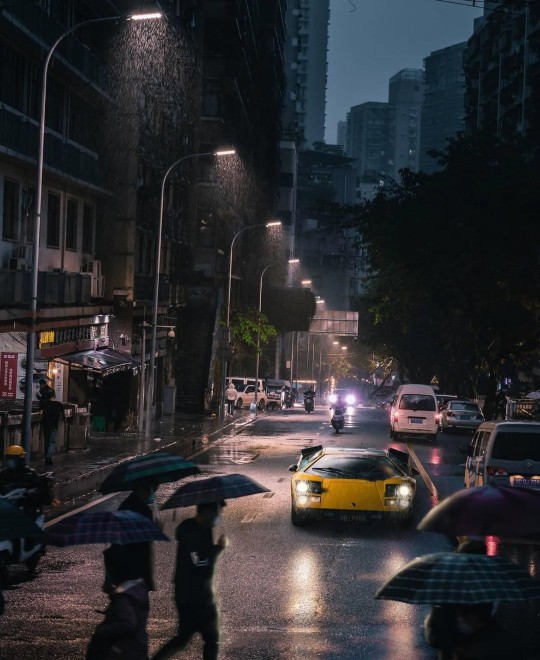

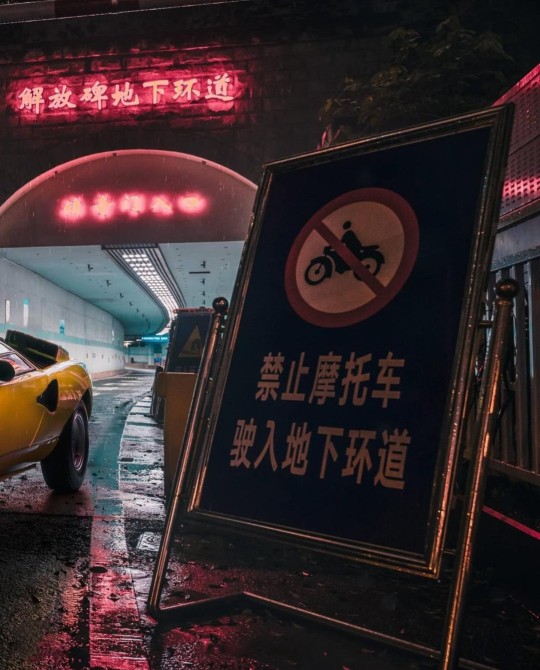
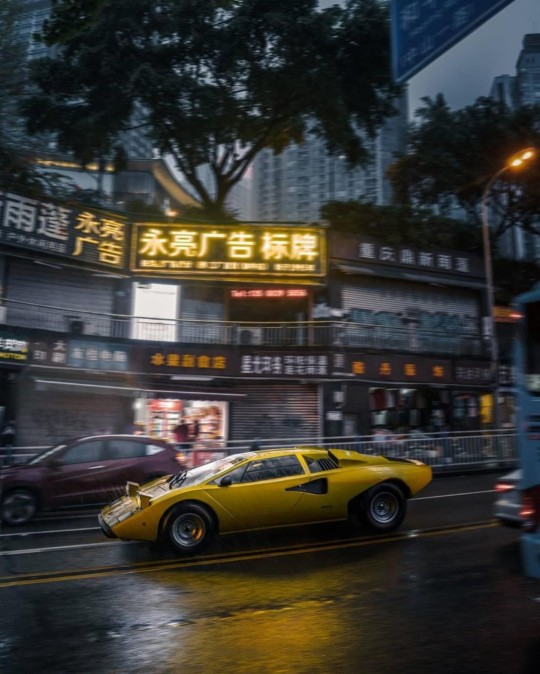
Wolf of the city 8D by Angelo Starla Zhang
Lamborghini Countach LP400 “Periscopica” in Chongqing, China.
#Angelo Starla Zhang#lamborghini countach#lamborghini#LP400#ooh wow#photography#iconic#art#design#light#amazing pictures#china#cyberpunk
55 notes
·
View notes
Photo
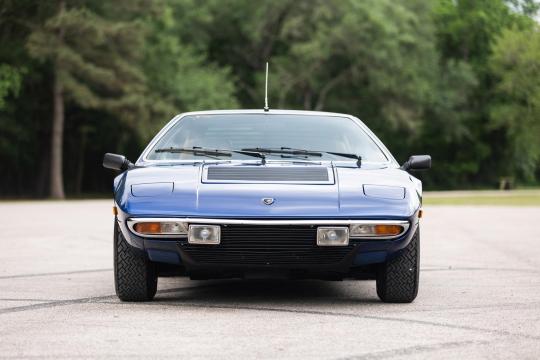
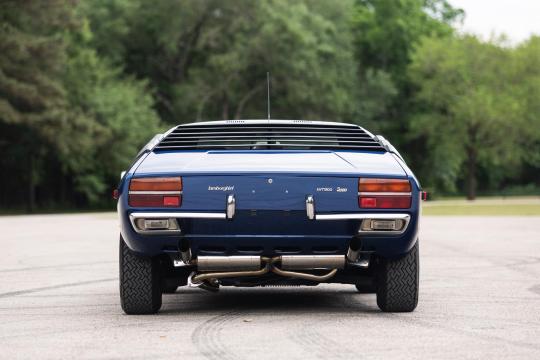

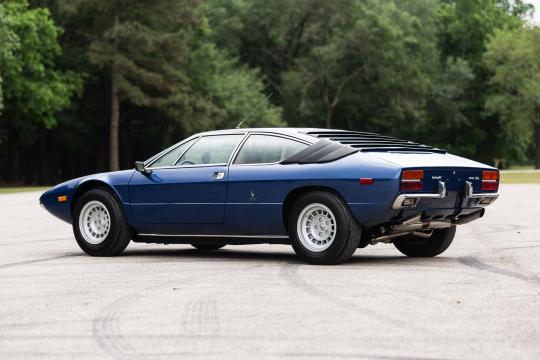
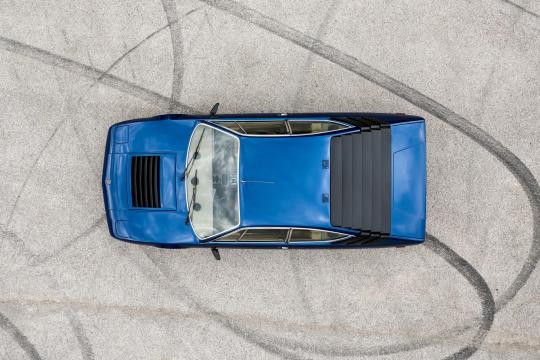
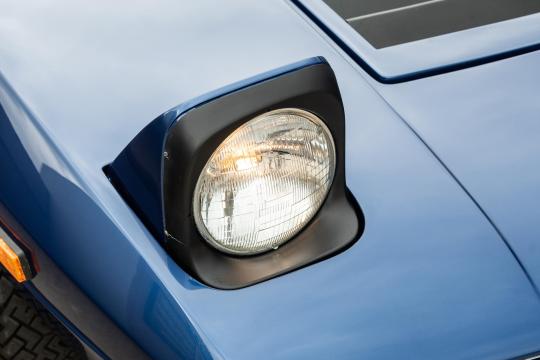
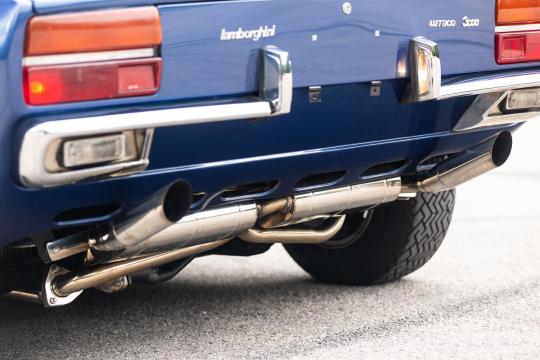
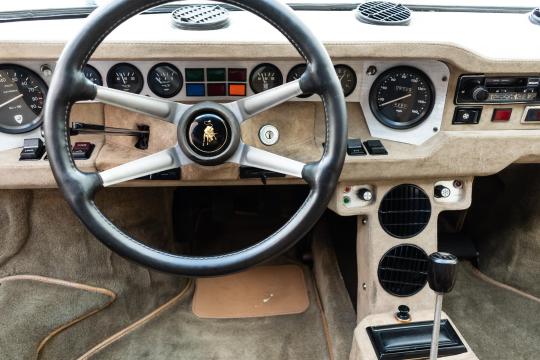
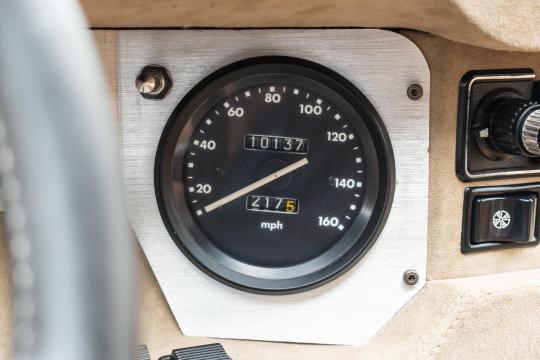
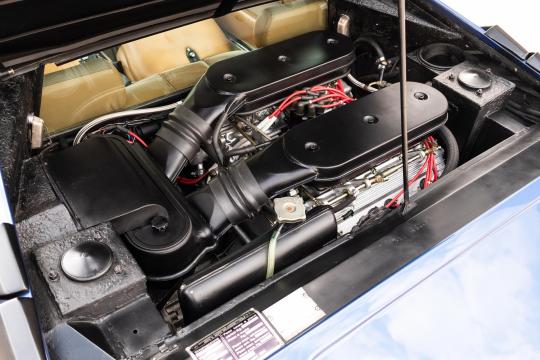
Lamborghini Urraco P300
Despite having been conceptualised as the model to dramatically increase sales and bring Lamborghini greater financial stability, the Urraco P250 proved a commercial flop. Production started in late 1972 following major equipment and floorspace investment. However, by late 1974, less than 500 had been delivered. The Urraco should have gone into production two years earlier than it eventually did. Lamborghini had originally conceived the model with a view to selling over 1000 examples every year.
The disappointing reality left Lamborghini deep in the red, but the Urraco was only partly responsible for a difficult few years.
Compounding the firm’s troubles had been delays for the Countach, a worldwide recession, problems at Lamborghini Trattori and unionised labour, all of which contrived to take their toll on the company founder. In 1972, Ferruccio Lamborghini had sold his tractor company along with 51% of his motor car business. He cashed out of the final 49% in 1974 when the world was in the midst of an energy crisis that slashed demand for gas guzzling machinery.
Throughout this tumultuous period, development work continued on the Urraco. It mainly focused on the Paolo Stanzani-designed V8 engine that had been created especially for the new model at considerable expense. In November 1974, an uprated Urraco P300 was launched at the Turin Motor Show. It immediately went into production alongside the Countach LP400, Espada Series 3 and Jarama S.
Most significantly, the Urraco P300 came with an enlarged three-litre engine. Equally importantly, the power unit now incorporated dual instead of single overhead camshafts.
To take capacity up to three-litres, Paolo Stanzani’s all-alloy 90° V8 was stroked from 53mm to 64.5mm. Bore went unchanged at 86mm for an overall displacement of 2997cc (an increase of 534cc). Compression was dropped from 10.5:1 to 10.0:1. Four new Weber 40 DCNF twin-choke downdraught carburettors were installed to replace the old 40 IDF 1s used previously.
The consequence of these improvements was a dramatic jump in output. Peak power was up 40bhp to 260bhp at an otherwise unchanged 7500rpm. The torque rating also rose considerably; 195lb-ft was now on tap at 3500rpm compared to 166lb-ft at 5750rpm for the P250.
As before, ignition was via two Marelli coils and a single Marelli distributor.
Lamborghini’s five-speed manual gearbox was beefed up to cope with the increased power and torque. Transmission was via a single dry-plate clutch and Lamborghini differential. New damper settings improved the ride, but otherwise little was changed to the existing platform The P300 was based on the same steel monocoque body shell as its predecessor. The engine was housed transversely like the Miura.
Suspension was independent all-round with MacPherson struts, coil springs and telescopic shocks. Anti-roll bars were fitted at either end The twin circuit brake system incorporated unchanged 278mm ventilated Girling discs. Campagnolo’s handsome five-bolt cast magnesium wheels were retained. They measured 7.5 x 14-inches and originally came shod with Michelin XWX tyres.
An 80-litre fuel tank was fitted in the engine bay.
Visually, the only change made to the P300 Urraco was a switch from a two-bank to six-bank radiator cooling vent on the front lid. The rest of Marcello Gandini’s soft wedge creation was unaltered.In a decade not exactly renowned for design longevity, the Urraco proved somewhat timeless. Compared to Bertone’s other mid-engined 2+2, the Ferrari Dino 308 GT4, the baby Lamborghini aged very well, even though it was ultimately outsold by the Maranello product by five to one.Build quality was considerably improved over earlier examples and nowhere was this more apparent than in the cockpit.Bertone had originally been responsible for furnishing the bodyshells, but by the time the P300 was on stream, this work had been taken in-house.
Lamborghini used better quality materials and ensured a higher standard of fit and finish.To this end, P300s were generally equipped with full leather interiors instead of the often garish two-tone leather and fabric combinations seen earlier.
The full width dash layout was still just as haphazard though. The rev counter and speedometer were located at either end of the instrument binnacle and angled in towards the driver. Supplementary gauges and various rocker switches were housed in between.
Lamborghini’s unusual deep dish steering wheel with its four arced horizontal spokes and leather rim was also retained. Like the P250 (which remained in production for a few months longer to use up an overstock of parts), the only update was the gradual shift to anodised black bumpers, wipers and window frames. A more conventional three-spoke steering wheel was also introduced towards the end of production.
#Lamborghini Urraco P300#Ferruccio Lamborghini#Countach LP400#Espada#Jarama S#Miura#Ferrari Dino 308 GT4#Bertone
176 notes
·
View notes
Text

Lamborghini Countach
14 notes
·
View notes
Text
Fun Breakdown Fact of the Day: while it is well known his alt mode in the generation one series is a Lamborghini Countach, I've done further research to see exactly which model he is, and I think I've got it!!
My current (& most confident) guess is the Lamborghini Countach Walter Wolf LP400. Though the manga does say he's an LP500S (and he still could be), he looks a wee bit different in the manga than he does in the cartoon (mainly referencing his reference sheets here, not toys or animation cells), and there are notable differences in the car's exterior and his design itself.
The most notable similarities that the Walter Wolf LP400 has (that the LP500S does not) with Breakdown are the circular shaped fenders and the lower placement of the front bumper. The most interesting thing I found though, that I'm not really including in the research as it's very obvious that Breakdown's paint is custom, is that the shade of blue that's on Breakdown hasn't been on any version of the Countach (1989 Anniversary Edition excluded) since the LP400, including the Walter Wolf LP400.
It would also make sense as to why Megatron would want it so bad. Dragstrip was a winning F1 race car, of course Megatron would want another! His Stunticons would need to be the best!
It never shows Breakdown's original car being taken by Rumble, but Motormaster had a different, custom paint job done after showing up there, so maybe Breakdown did as well? That, or he's a very much customized LP500S, which would probably make a bit more sense.
#i think the customized lp5000s is a tad more likely#but i also have to consider that the designers may have looked at a walter wolf car and went “that one.” and drew it for him#also I like the idea of Breakdown being Canadian#anyway thanks for reading if you read this far#breakdown fact#breakdown#breakdown i love you#g1 breakdown#transformers#maccadams#stunticons#lamborghini countach#walter wolf lp400#classic cars#also forgive me if im wrong on the car facts im not suuper duper educated on the walter wolf cars
14 notes
·
View notes
Text
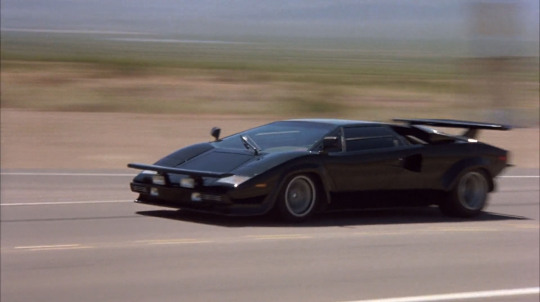


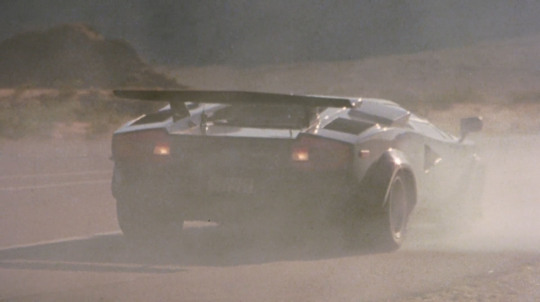
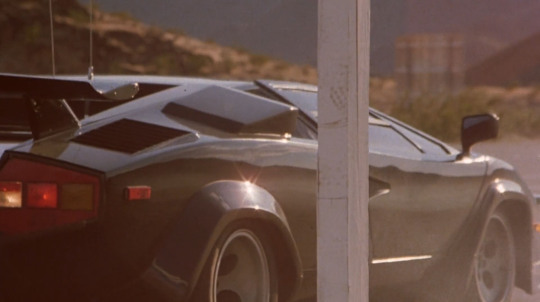
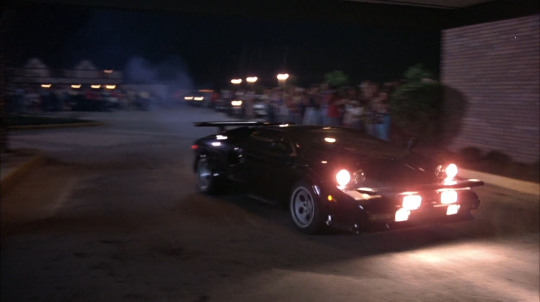
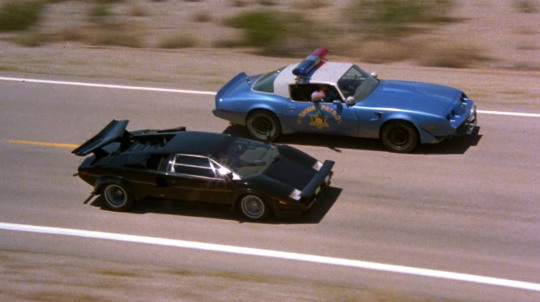


1979 Lamborghini Countach LP400 S, from The Cannonball Run (1981)
#The Cannonball Run#1981#lamborghini countach#1979 lamborghini countach#lp400 s#lamborghini#1980s film#80s movies#hal needham#70s cars#movie cars#pop up headlights
6 notes
·
View notes
Text
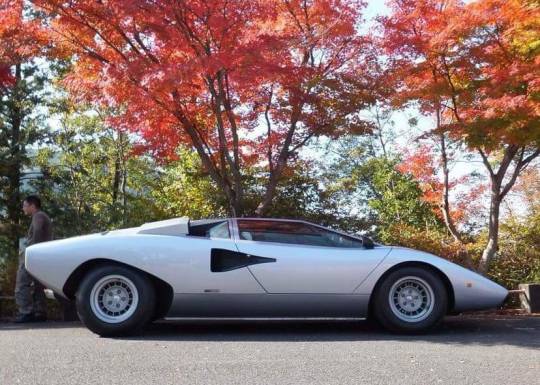
14 notes
·
View notes
Photo

COUNTACH Arancia.
Acuarela sur papier 300 gr 54x38. jrG Motor
B-1076
2023
3 notes
·
View notes
Text
No Wings Countach Club™




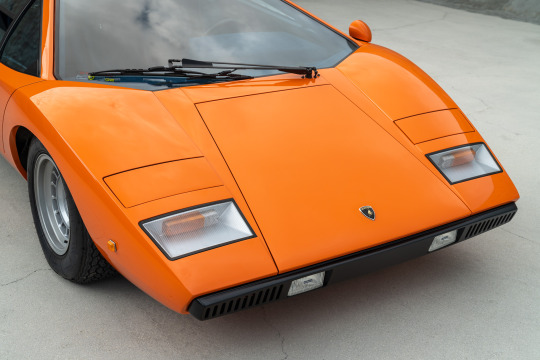

1976 Lamborghini Countach LP400 Periscopio, design Bertone - magic.
1K notes
·
View notes
Text
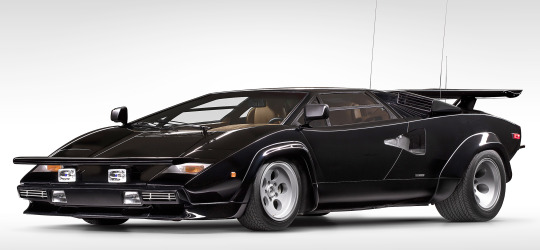
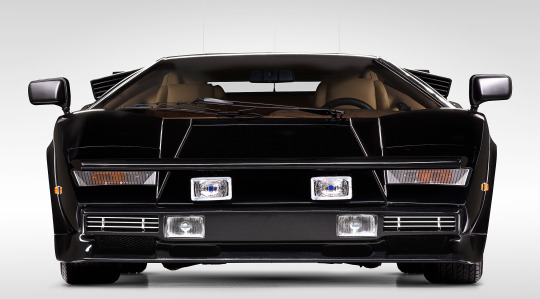
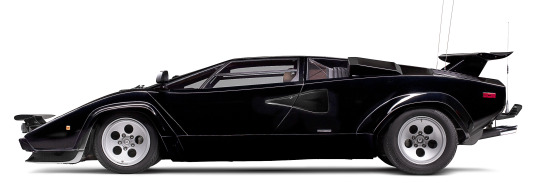

Lamborghini Countach LP400 S "Cannonball Run," 1979. Chassis number 1121112 was originally delivered to the Lamborghini distributor for Rome, Italy, SEA Auto, who almost immediately had the car exported to the United States of America. Hal Needham. the movie's director, decided the factory original Countach wasn’t quite wild enough for the film, so it was modified by adding a new front spoiler with additional lights for night driving. In 2021 The Cannonball Run Countach made history by entering the Library of Congress National Historic Vehicle Register.
#Lamborghini#Lamborghini Countach#Lamborghini Countach LP400 S#The Cannonball Run#movie car#1979#1981#film cars#mid-engine#V12#custom car#National Historic Vehicle Register
2K notes
·
View notes
Text

1981 Lamborghini Countach LP400S
1K notes
·
View notes
Text










Lamborghini Countach LP400 ‘Periscopio’ 1975 by Bertone. - source RM Sotheby's.
216 notes
·
View notes
Photo

Lamborghini Countach LP400 'Periscopio' (4000x3000)
562 notes
·
View notes
